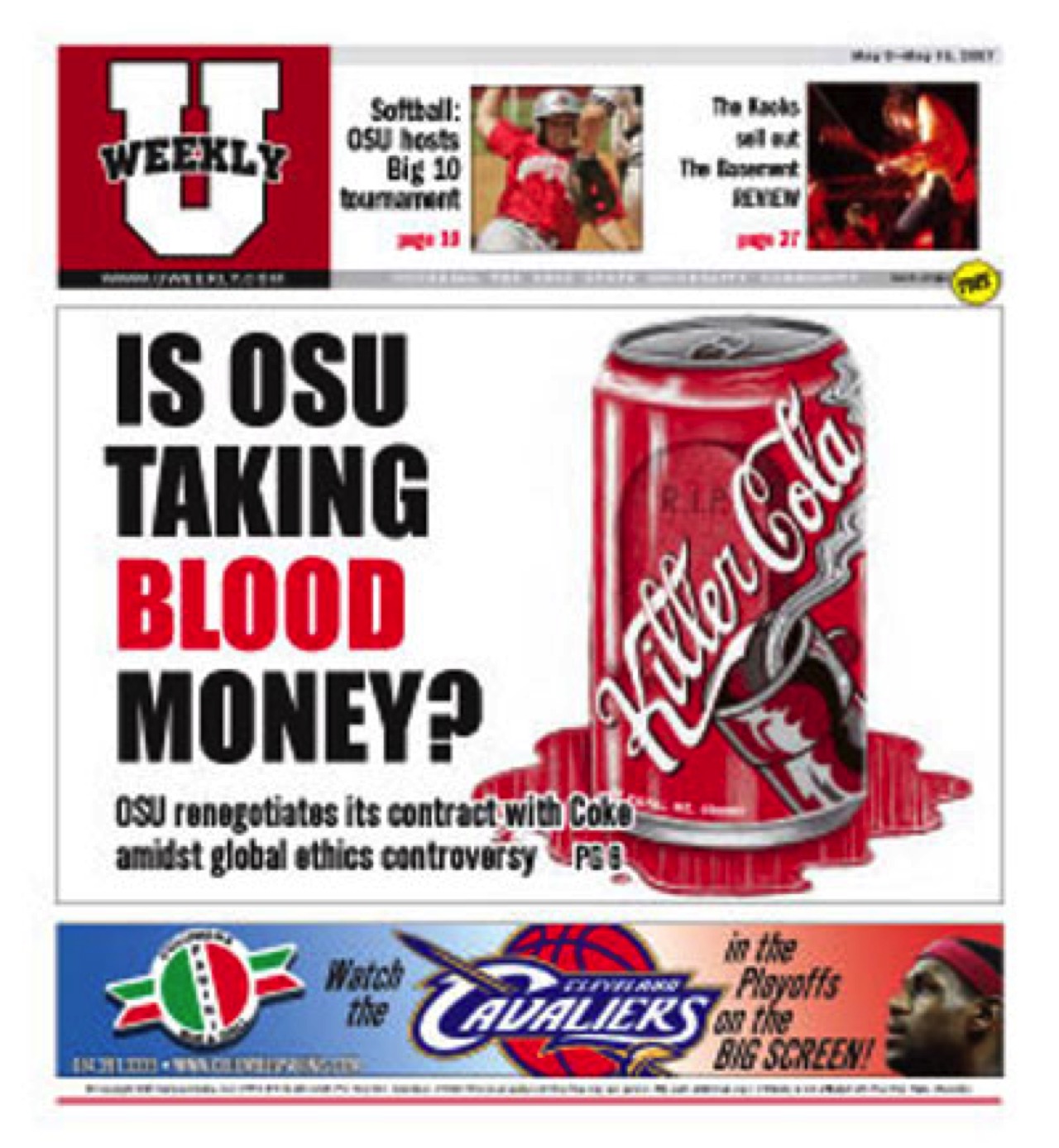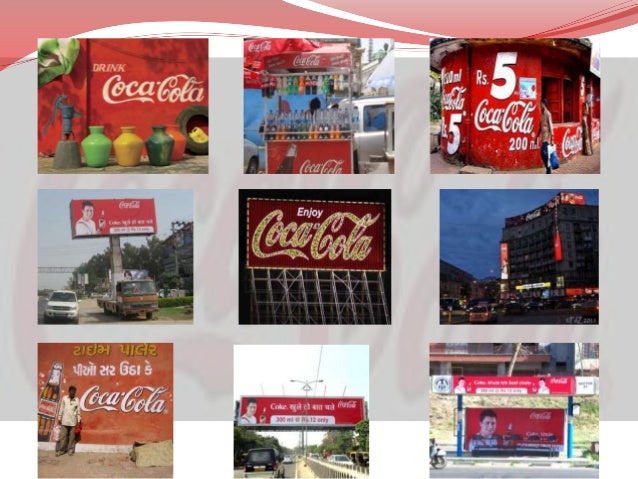

The ratio is 71% in urban areas compared to 46% in rural areas. Rajeev Batra of Ross School of Business, University of Michigan.Ī recent Gallup survey revealed that the film watching trend is higher among urbanites in Pakistan. While in emerging like India, the functional value of the brand might be more important,” said Dr. “ In developed economies, brands have largely built their image using the emotional appeal and the experiential realities. Koi Mil Gaya (2003) that featured the milk brand Bournvita, included a scene here a lead character talks about the brand’s advantages, thus lending credibility to the brand.ĭuring the IIMA-A conference (Indian Institute of Management, Ahmedabad) on “Marketing Paradigms for Emerging Economies”, comparisons were drawn on how product placements are being used in developed economies.

It is rumored that Coca-Cola paid Rs 1 million to close the deal.
#Coke sales after taal movie movie
The brand was effectively associated with emotional scenes in the movie such as friendship and love. The main characters in the movie drank Coke and mentioned the product in their conversations. Taal (1999), protagonist (Aishweriya) drinking Coca-Cola. In Bollywood, it was after Coca-Cola’s prominent placement in Taal (1999) that advertisers became aware of the potentials of product placements. Similarly, Coca-Cola asked the producers to remove brand from a scene where a beggar offers a bottle of Coke to the protagonists of the movie. Mercedes-Benz asked the producers to remove the logo from the car in a scene where it was shown roaming around in slums.

Dany Boyle’s Slumdog Millionaire (2008) included footage showing brands such as Coca-Cola and Mercedes-Benz, even though both companies had refused the use of their brands in particular scenes of the movie. FedEx CEO Fred Smith was also an investor in the production company that made the movie.Ĭompanies are more careful in giving permission for the use of their products in scenes they think could have a negative impact.

Against this, FedEx provided airplanes, trucks, packages and uniforms to the producers instead of cash. The total time of FedEx brand exposure in the movie was more than 15 minutes. Cast Away (2000) featured several brands such as Snickers, Dr Pepper, FedEx and Wilson. The movie, Tomorrow Never Dies (1997) engaged five big advertisers: Heineken, Smirnoff, BMW, Visa and Ericsson. However, this helped BMW earn $240 million in car sales. Golden Eye (1995) featuring the BMW Z3 Roadster.įor this placement, BMW paid about $3 million to the movie producers. The movie Golden Eye (1995) features the BMW Z3 Roadster.
#Coke sales after taal movie series
In Hollywood, placement of BMWs in James Bond series serves as a good example. Automobiles, consumer electronics, food and beverages are largely advertised through this media. Product placement in films is not a new trend and has been exercised in Hollywood and Bollywood for many years. In this manner, advertisers can make their product visible and also display its brand personality to inform potential consumers about the environment and settings in which the product can be consumed. This creates richer impact in an environment that is clutter-free and influences consumer behavior with more impact. But from an advertiser’s viewpoint, it is media that occupies the audience’s attention for longer periods and thus serves as a strong vehicle for promoting brands through visual placements or integration in the story. Arif Rajani talks about pros and cons of brand placements in films.įilms are a form of entertainment that bind the attention of audiences for few hours and make them forget their worries.


 0 kommentar(er)
0 kommentar(er)
